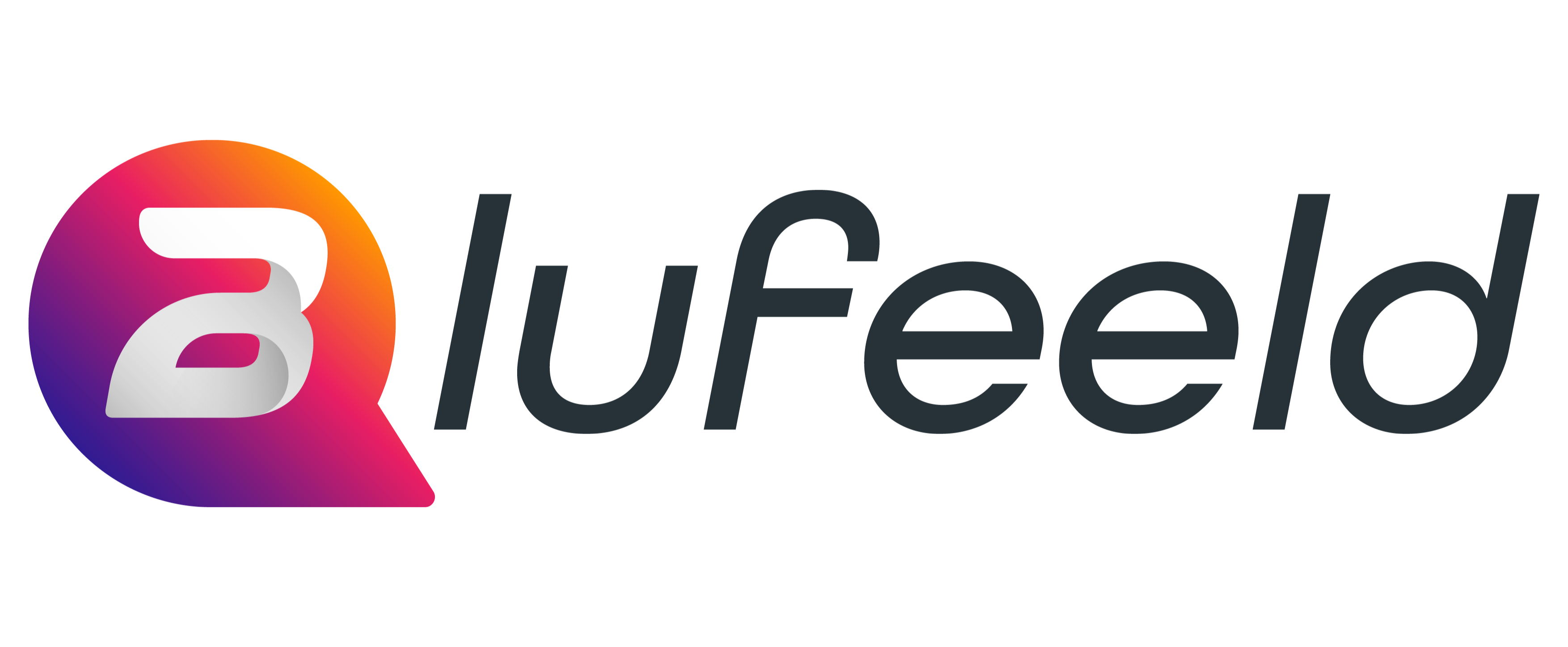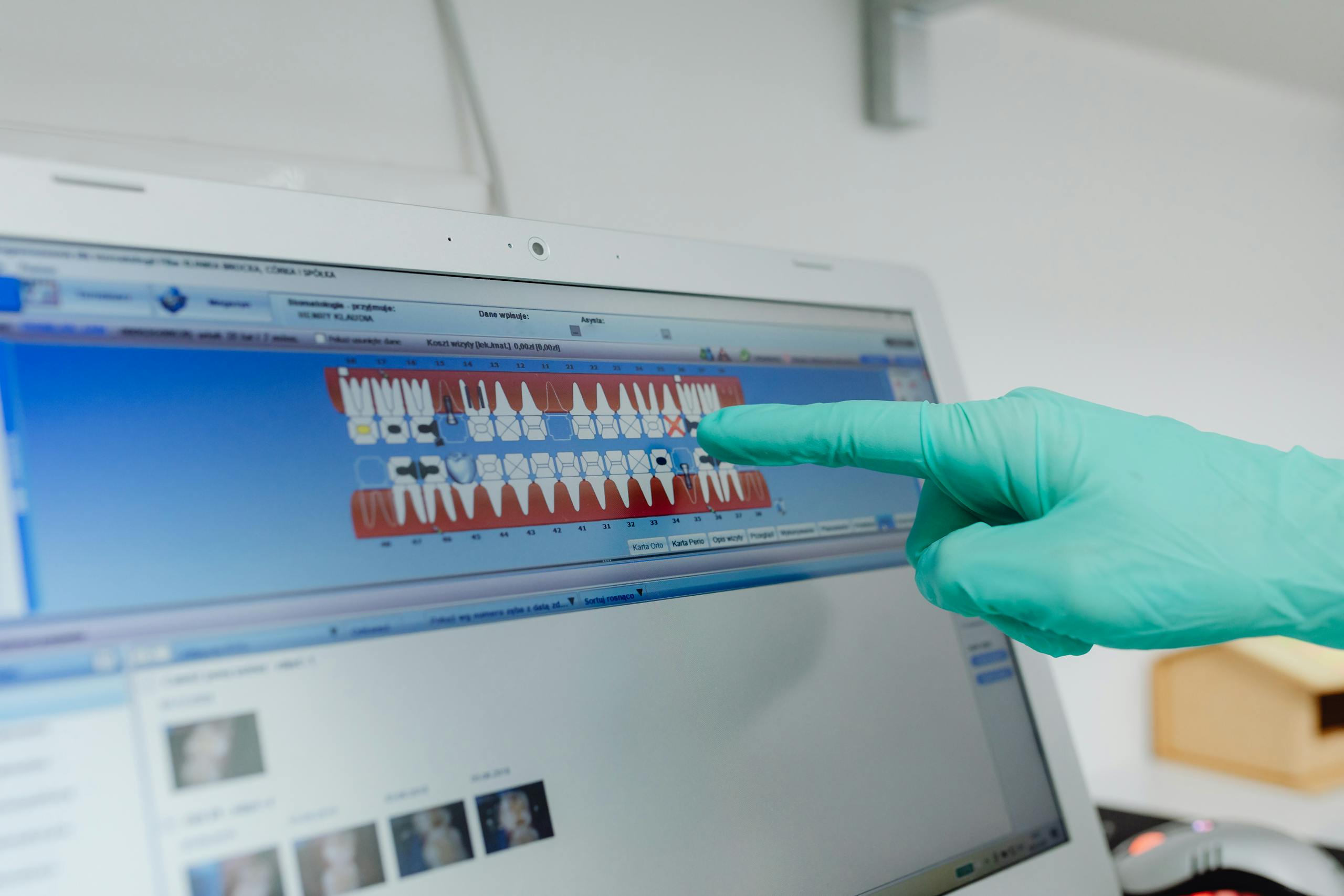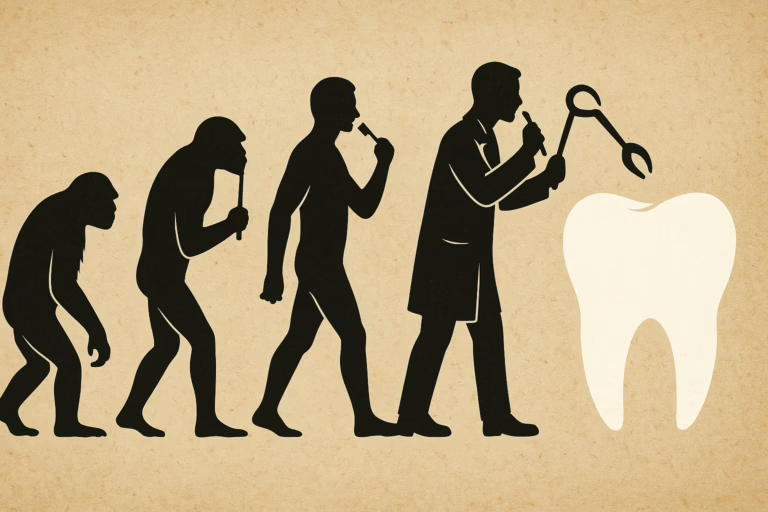The Digital Revolution in Dental Practice Management
Streamlining Front-Office Operations
In Part One, we explored how technological advancements have transformed clinical dentistry. Now, let’s delve into the equally important revolution happening in dental practice management. The front-desk and administrative aspects of running a dental office have been dramatically improved by specialized software solutions, enhancing efficiency and patient experience.

1. Comprehensive Dental Practice Management Software
Modern dental practices rely on integrated practice management systems that serve as the backbone of their operations. These all-in-one solutions typically include:
- Patient Charts: Digital patient records that store comprehensive health histories, treatment plans, and clinical notes.
- Appointment Scheduling: Interactive calendars that allow for easy booking, rescheduling, and management of appointments.
- Billing and Insurance: Systems for generating invoices, processing payments, and managing insurance information.
Popular examples include Dentrix, Eaglesoft, and Open Dental. These systems often integrate with other specialized tools to create a seamless workflow.
2. Automated Appointment Reminders
Reducing no-shows and last-minute cancellations is crucial for maintaining practice profitability. Automated reminder systems have become indispensable tools for modern dental offices. Software like Demandforce, Solutionreach, and Weave integrate with practice management systems to send:
- Text message reminders
- Email notifications
- Automated phone calls
These systems allow practices to customize reminder schedules and message content, significantly reducing missed appointments and improving patient communication.
3. Electronic Claims Submission
The days of printing and mailing insurance claims are largely behind us. Electronic claims submission software has streamlined this process, reducing errors and accelerating reimbursements. Tools like DentalXChange, APEX EDI, and ClaimX allow practices to:
- Submit claims electronically to multiple insurance providers
- Track claim status in real-time
- Receive electronic remittance advice (ERA)
These systems often integrate directly with practice management software, creating a seamless claims processing workflow.
4. Patient Communication Portals
Many modern dental software solutions include patient portals that allow for secure, HIPAA-compliant communication. These portals enable patients to:
- View their treatment plans and dental records
- Request appointments
- Pay bills online
- Message their dental care team
This level of accessibility improves patient engagement and reduces the administrative burden on front-office staff.
5. Analytics and Reporting Tools
Data-driven decision making is crucial for practice growth. Many dental software packages now include robust analytics and reporting features that allow practice owners to:
- Track key performance indicators (KPIs)
- Analyze patient retention rates
- Monitor production and collection figures
- Identify trends in appointment scheduling and cancellations
These insights help practices optimize their operations and improve patient care.
6. Cloud-Based Solutions
The shift towards cloud-based dental software has been a game-changer for many practices. Cloud solutions like Curve Dental and Denticon offer:
- Access to patient data from any device with an internet connection
- Automatic backups and data security
- Easier collaboration between team members
- Reduced IT maintenance costs
Conclusion
The digital transformation of dental practice management has revolutionized front-office operations. From streamlining appointment scheduling to simplifying insurance claims, these software solutions have significantly reduced administrative burdens while improving patient communication and satisfaction.
As technology continues to evolve, we can expect even more innovations in dental practice management. The integration of artificial intelligence for predictive analytics, enhanced patient engagement tools, and even more seamless interoperability between different systems are likely to shape the future of dental practice administration.
By embracing these technological advancements, dental practices can not only improve their operational efficiency but also enhance the overall patient experience, ultimately leading to better oral health outcomes and practice growth.








